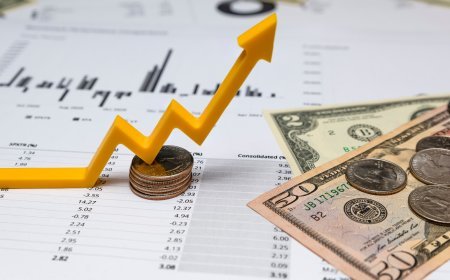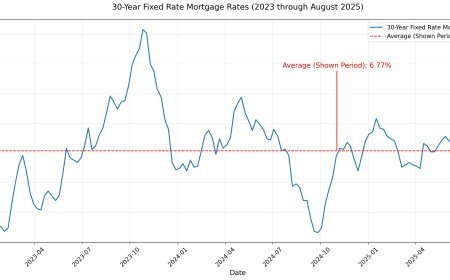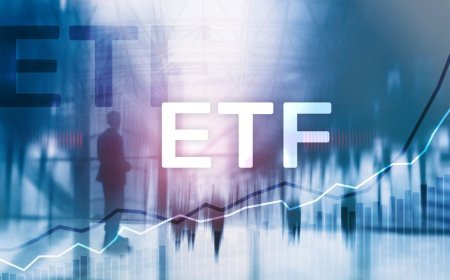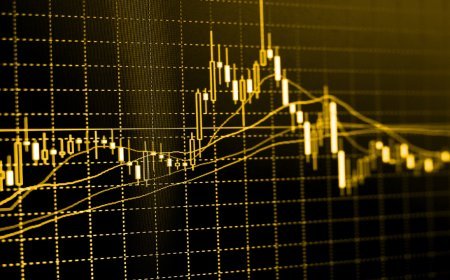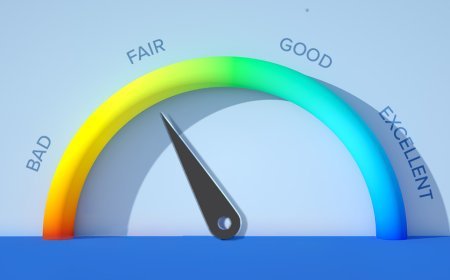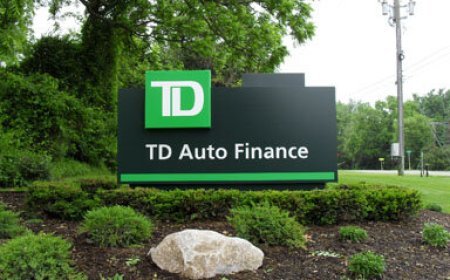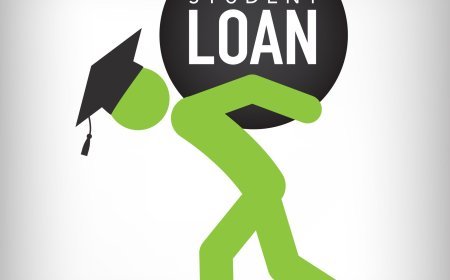High-Yield Savings vs Traditional Savings: Maximize Your Returns
Compare high-yield and traditional savings accounts to find the best option for growing your money while maintaining easy access to funds.
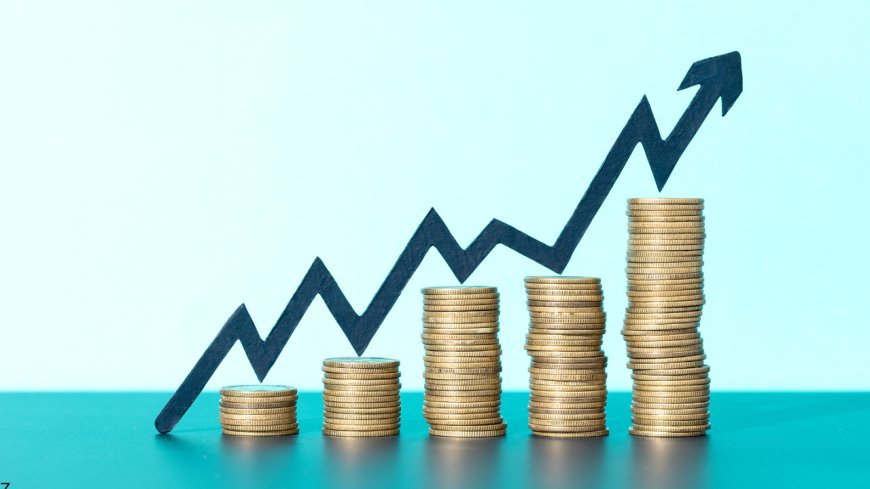
The choice between high-yield and traditional savings accounts represents one of the most impactful financial decisions you can make for your long-term wealth building. While both account types provide FDIC-insured safety for your deposits, the difference in earning potential can amount to thousands of dollars over time, making this decision far more significant than many people realize.
The fundamental difference lies in how these accounts balance accessibility, safety, and returns. Traditional savings accounts prioritize convenience and relationship banking, while high-yield savings accounts focus on maximizing your money's growth potential. Understanding these priorities helps you align your account choice with your financial goals and banking preferences.
The Traditional Savings Account Landscape
Traditional savings accounts from major banks and credit unions have long served as the foundation of American personal finance. These accounts offer the comfort of familiar institutions, physical branch access, and integrated banking relationships that many customers value highly. The trade-off for this convenience and familiarity is typically very low interest rates that barely register in today's economic environment.
The appeal of traditional savings extends beyond simple interest rates. Many people prefer the ability to walk into a branch, speak with a banker face-to-face, and handle their financial affairs in person. This human element provides comfort and confidence that purely digital banking relationships may not offer, particularly for older customers or those dealing with complex financial situations.
Traditional savings accounts often integrate seamlessly with other bank services like checking accounts, credit cards, and loans. This relationship banking can provide convenience and sometimes preferential treatment for other financial products, though the value of these benefits must be weighed against the opportunity cost of lower interest earnings.
The High-Yield Savings Revolution
High-yield savings accounts have transformed the savings landscape by offering interest rates that can be ten to fifty times higher than traditional savings accounts. These accounts typically come from online banks, credit unions, and financial technology companies that operate with lower overhead costs and pass the savings to customers through higher interest rates.
The business model behind high-yield savings accounts relies on efficiency and scale rather than extensive branch networks and relationship banking. By eliminating or minimizing physical locations and focusing on digital service delivery, these institutions can afford to pay significantly higher interest rates while maintaining profitability.
The competitive nature of the high-yield savings market means that rates often adjust quickly to reflect changing economic conditions. During periods of rising interest rates, high-yield accounts typically increase their rates more rapidly than traditional banks, maximizing the benefit to savers who choose these products.
The Mathematics of Compound Growth
The long-term impact of interest rate differences becomes dramatic when you consider compound growth over time. A $10,000 deposit earning 0.10% annually in a traditional savings account grows to just $10,050 after five years. The same deposit in a high-yield savings account earning 4.50% annually grows to $12,462, a difference of $2,412.
This mathematical reality becomes even more pronounced with larger balances and longer time horizons. Emergency funds, house down payment savings, and other substantial deposits can generate hundreds or thousands of additional dollars annually in high-yield accounts compared to traditional alternatives.
The compounding effect means that the longer you maintain higher balances, the more significant the difference becomes. Early savers who choose high-yield accounts can potentially accumulate thousands of additional dollars over their saving careers compared to those who stick with traditional low-yield options.
Accessibility and Service Considerations
Traditional savings accounts typically offer multiple access methods including branch visits, ATM networks, phone banking, and online services. This multi-channel approach provides flexibility and redundancy that some customers find reassuring, particularly during emergencies or when dealing with complex transactions.
High-yield savings accounts usually emphasize digital access through sophisticated mobile apps and online platforms. While this approach may initially seem limiting, many customers find that modern digital banking tools actually provide more convenience and functionality than traditional methods.
The customer service experience differs significantly between account types. Traditional banks often provide in-person service and established relationships with local bankers. High-yield account providers typically offer digital-first customer service with chat, email, and phone support that may be available 24/7 but lacks the personal touch of face-to-face interaction.
Fee Structures and Account Requirements
Traditional savings accounts often carry monthly maintenance fees, minimum balance requirements, and various transaction fees that can erode your savings over time. While many of these fees can be waived through relationship banking or maintaining specified balances, they represent an additional cost consideration.
High-yield savings accounts frequently offer more favorable fee structures, with many charging no monthly maintenance fees and requiring lower minimum balances. This fee advantage compounds the interest rate benefit, making high-yield accounts even more attractive from a total return perspective.
However, some high-yield accounts may have higher minimum balance requirements to earn the advertised rate, and some may reduce rates for smaller balances. Understanding these requirements helps ensure you can take full advantage of the higher rates offered.
Strategic Account Usage
Many successful savers use a hybrid approach that combines both account types strategically. They might maintain a small traditional savings account for immediate access and branch services while keeping the majority of their savings in high-yield accounts for maximum growth.
This strategy recognizes that different financial needs require different solutions. Emergency funds that need to be accessible within hours might benefit from traditional account accessibility, while longer-term savings goals can take advantage of high-yield account growth potential.
The ability to link accounts and transfer funds electronically makes this hybrid approach practical for most savers. Automatic transfers can move excess funds from checking accounts to high-yield savings, optimizing returns while maintaining transaction account functionality.
Interest Rate Environment Considerations
The relative advantage of high-yield savings accounts fluctuates with the overall interest rate environment. During periods of very low rates, the absolute difference between account types may seem minimal. However, the percentage difference often remains substantial, and high-yield accounts typically adjust more quickly when rates rise.
Understanding how different institutions respond to Federal Reserve policy changes can help you position your savings advantageously. High-yield account providers often increase rates more quickly during rising rate environments and may be slower to decrease rates when the Fed cuts rates.
Rate shopping becomes particularly important during transitional periods when some institutions may lag in adjusting their rates. Staying informed about rate changes and being willing to move funds can significantly impact your long-term returns.
Making the Right Choice
The decision between high-yield and traditional savings accounts ultimately depends on your priorities, comfort level with digital banking, and the importance you place on maximizing returns versus maintaining traditional banking relationships.
For most savers focused on building wealth over time, the mathematical advantage of high-yield savings accounts makes them the clear choice. The additional earnings can fund additional financial goals, provide larger emergency funds, or simply accelerate your path to financial independence.
However, the choice isn't purely financial. Some people derive genuine value from traditional banking relationships, branch access, and the peace of mind that comes from banking with familiar institutions. The key is making an informed decision that aligns with both your financial goals and your personal preferences.
Regardless of which type you choose, the most important step is actually opening and funding a savings account. The difference between saving and not saving far outweighs the difference between account types, though optimizing your choice can significantly enhance your long-term financial success.
What's Your Reaction?
 Like
0
Like
0
 Dislike
0
Dislike
0
 Love
0
Love
0
 Funny
0
Funny
0
 Angry
0
Angry
0
 Sad
0
Sad
0
 Wow
0
Wow
0




